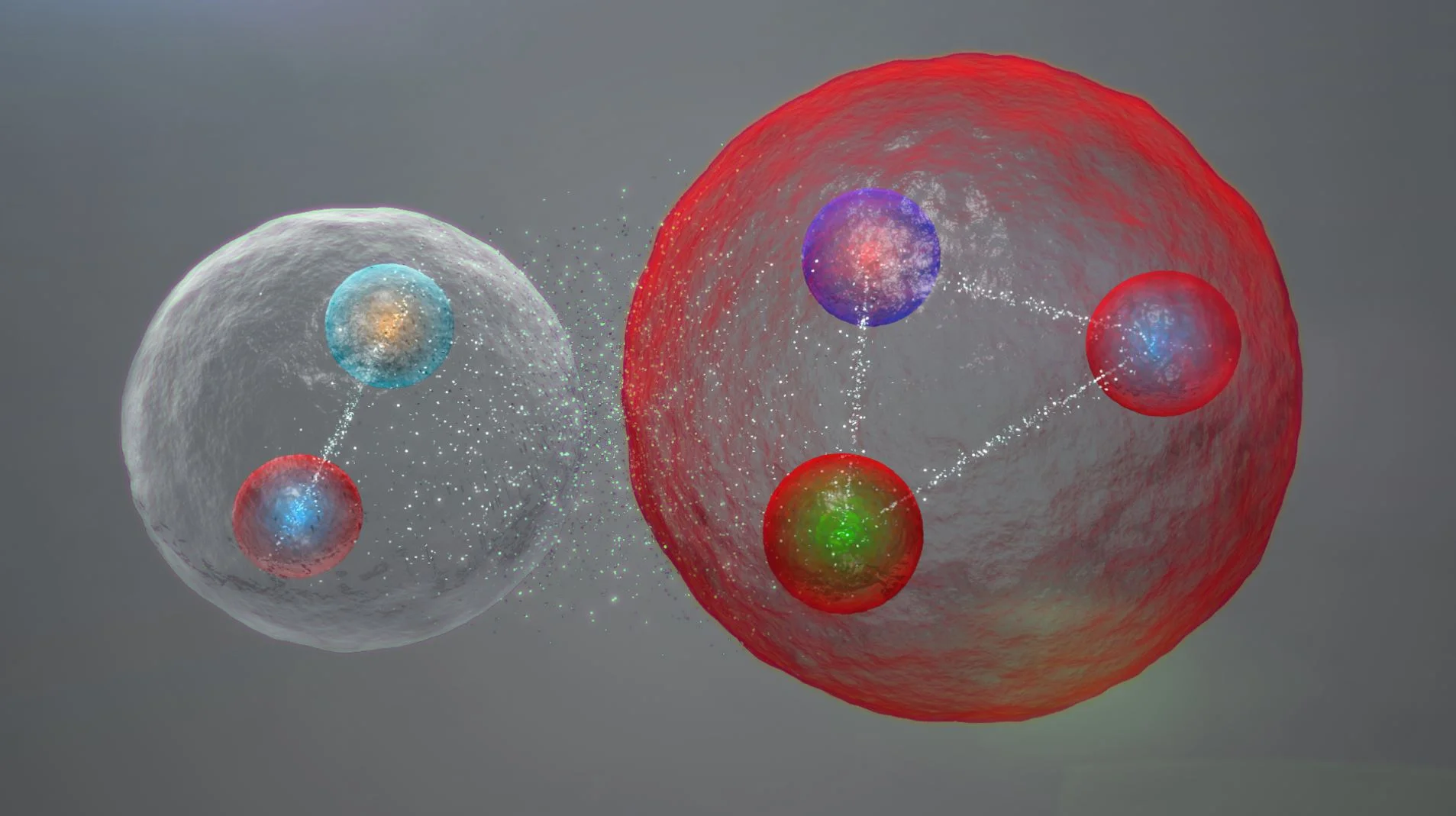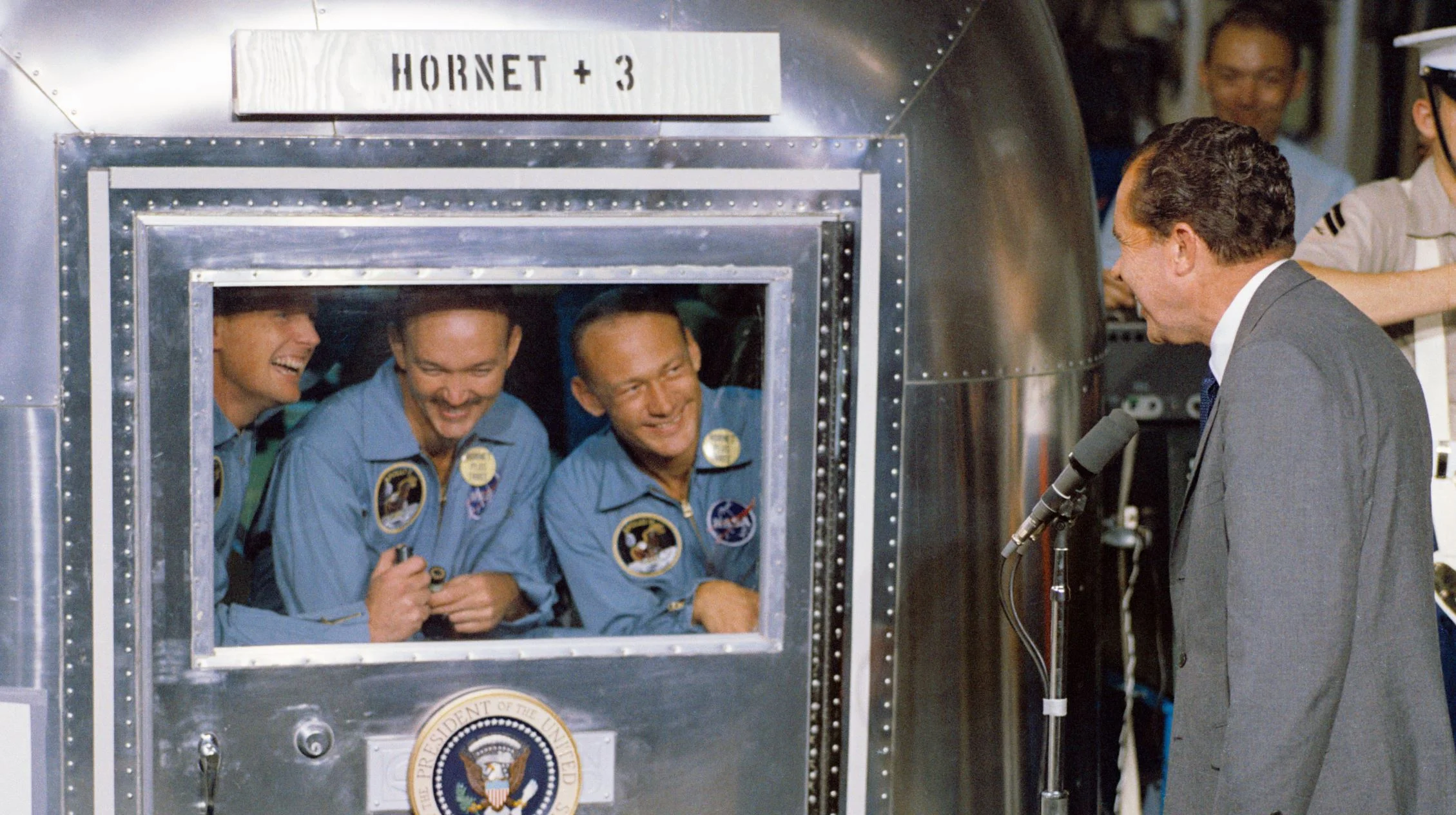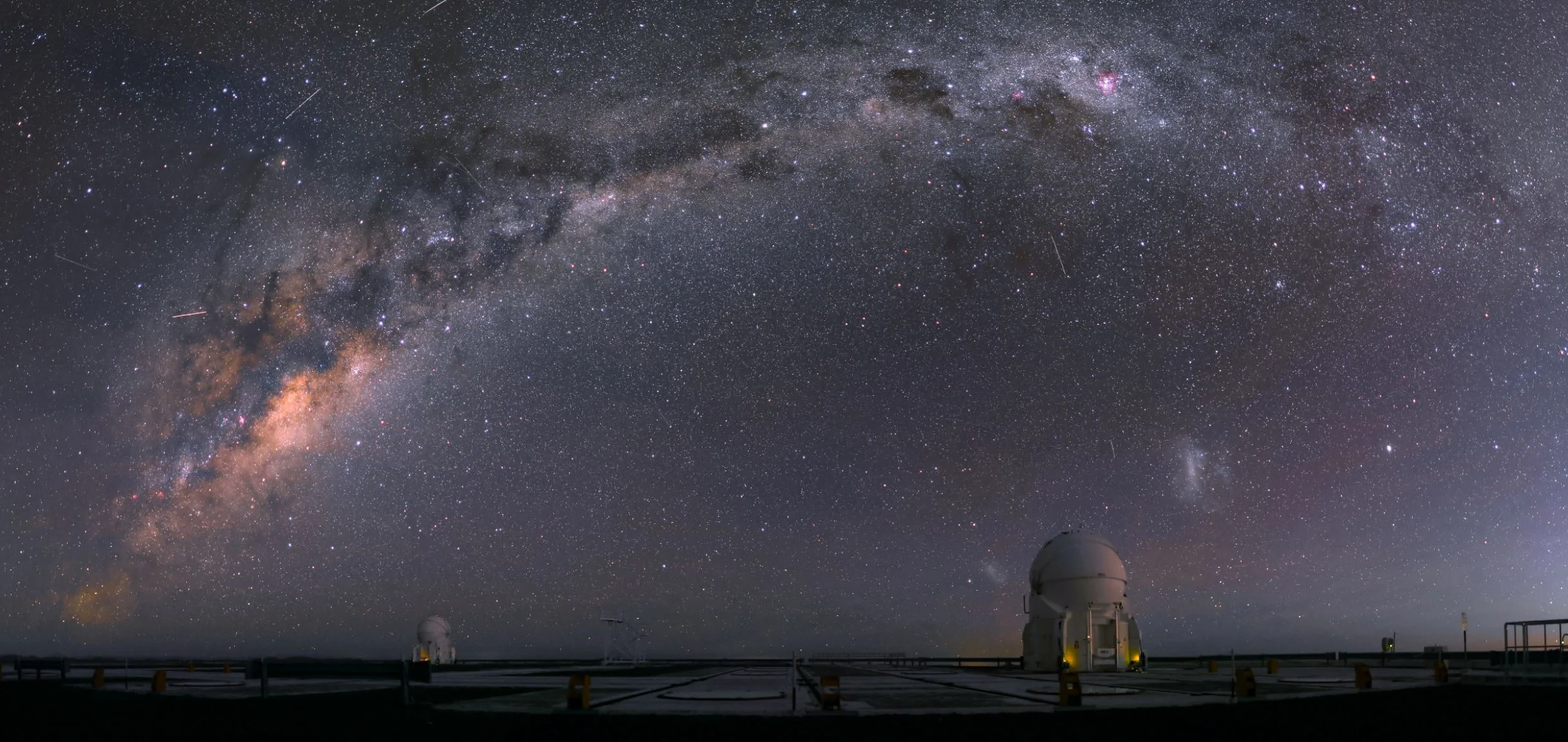A small asteroid has been caught in the process of spinning so fast it’s throwing off material, according to new data from NASA’s Hubble Space Telescope and other observatories.
Exotic particles containing five quarks discovered at the Large Hadron Collider
Everything you see around you is made up of elementary particles called quarks and leptons, which can combine to form bigger particles such as protons or atoms. But that doesn’t make them boring – these subatomic particles can also combine in exotic ways we’ve never spotted. Now CERN’s LHCb collaboration has announced the discovery of a clutch of new particles dubbed “pentaquarks”. The results can help unveil many mysteries of the theory of quarks, a key part of the standard model of particle physics.
New approach could boost energy capacity of lithium batteries
In the future, everyone might use quantum computers
Computers were once considered high-end technology, only accessible to scientists and trained professionals. But there was a seismic shift in the history of computing during the second half of the 1970s. It wasn’t just that machines became much smaller and more powerful — though, of course, they did. It was the shift in who would use computers and where: They became available to everyone to use in their own home.
New 3-D printing approach makes cell-scale lattice structures
Apollo 11 brought a message of peace to the Moon - but Neil and Buzz almost forgot to leave it behind
“How about that package out of your sleeve? Get that?” is certainly not the most famous phrase uttered by a human while on the Moon. And the items nestled in a small packet that astronaut Buzz Aldrin had stowed in the pocket just below the shoulder of his extravehicular mobility unit were certainly not mission critical. They were sentimental objects, intended to be left on the Moon purely for symbolic and commemorative purposes.
Health check: can eating certain foods make you smarter?
Hubble Tracks the Lifecycle of Giant Storms on Neptune
In 1989, NASA’s Voyager 2 zipped past Neptune—its final planetary target before speeding to the outer limits of the solar system. It was the first time a spacecraft had visited the remote world. As the craft zoomed by, it snapped pictures of two giant storms brewing in Neptune’s southern hemisphere. Scientists dubbed the storms “The Great Dark Spot” and “Dark Spot 2.”
Grab a bit of asteroid Bennu? Not so fast
Pets and owners - you can learn a lot about one by studying the other
Hubble Captures the Brilliant Heart of a Massive Galaxy
This fuzzy orb of light is a giant elliptical galaxy filled with an incredible 200 billion stars. Unlike spiral galaxies, which have a well-defined structure and boast picturesque spiral arms, elliptical galaxies appear fairly smooth and featureless. This is likely why this galaxy, named Messier 49 (M49), was discovered by French astronomer Charles Messier in 1771. At a distance of 56 million light-years and measuring 157,000 light-years across, M49 was the first member of the Virgo Cluster of galaxies to be discovered, and it is more luminous than any other galaxy at its distance or nearer.
Even light physical activity has health benefits
Most people probably don’t think of everyday activities – such as hanging out the washing or putting away the groceries – as having an effect on their long-term health. But new research suggests that doing lots of these light-intensity physical activities reduces your risk of cardiovascular disease.
Jupiter Marble
LIGO Just Got a Big Upgrade, Will Begin Searching for Gravitational Waves Again on April 1st
In February of 2016, scientists at the Laser Interferometer Gravitational-wave Observatory (LIGO) made history by announcing the first-ever detection of gravitational waves (GWs). These ripples in the very fabric of the Universe, which are caused by black hole mergers or white dwarfs colliding, were first predicted by Einstein’s Theory of General Relativity roughly a century ago.
The Incredible Challenge of Landing Heavy Payloads On Mars!
CERN: Study sheds light on one of physics’ biggest mysteries – why there’s more matter than antimatter
All those hours you 'wasted' on gaming as a kid might have been useful after all
Always had the idea that the hours you spent behind your Nintendo, Xbox, PC or Playstation must have been good for something? You can now provide that vague notion with a scientific basis. A recently published study in the Journal of Communication shows that a certain type of intelligence increases through gaming.
NASA’s Fermi Satellite Clocks ‘Cannonball’ Pulsar Speeding Through Space
Astronomers found a pulsar hurtling through space at nearly 2.5 million miles an hour — so fast it could travel the distance between Earth and the Moon in just 6 minutes. The discovery was made using NASA’s Fermi Gamma-ray Space Telescope and the National Science Foundation's Karl G. Jansky Very Large Array (VLA).















